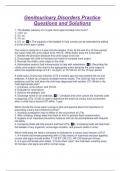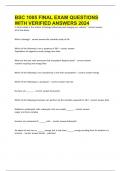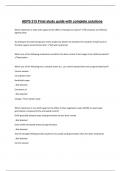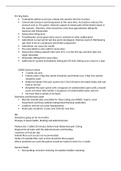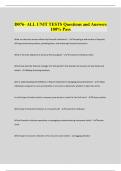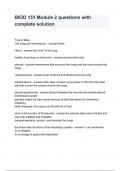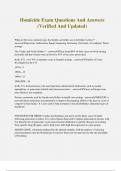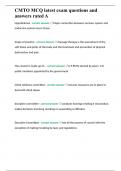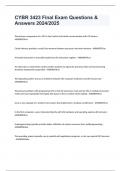Exam (elaborations)
Genitourinary Disorders Practice Questions and Solutions
- Module
- Institution
1. The bladder capacity of a 3-year-old is approximately how much? 1. 1.5 fl. oz. 2. 3 fl. oz. 3. 4 fl. oz. 4. 5 fl. oz. 4. The capacity of the bladder in fluid ounces can be estimated by adding 2 to the child's age in years. The nurse is caring for a 4-year-old who weighs 15 kg. At the end of a 1...
[Show more]
